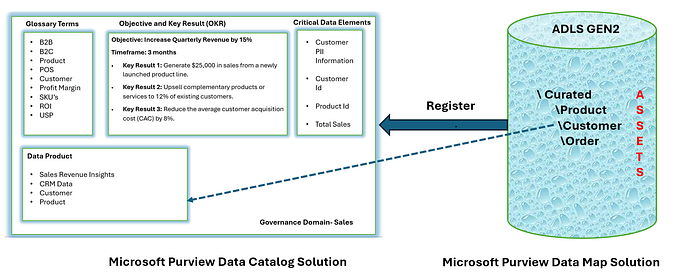Role of Data in Risk Management
Every business is exposed to risks, and the decision of how to deal with them is a crucial one. When it comes to risk management, there’s no shortage of advice. However, what does a good risk management strategy look like?
Risk management is an important issue that needs to be addressed and treated as a priority. It’s impossible to avoid risks, but you can minimise the possibility of losing money and increasing your profit. That’s why it’s crucial to understand the use of data in a risk management system.

So, what is risk management?
Risk management is identifying, assessing, and controlling risks to an organisation. It is a vital part of any business or organisation, as it helps to protect against potential losses.
There are numerous risk management strategies, and the most effective approach will vary depending on the type of business and the risks involved.
Risk management strategies aim to avoid or reduce the chances of a risk occurring. Mitigation strategies reduce the impact of a risk if it does happen. Transfer strategies shift the burden of a risk to another party.
Factors to Consider
It is necessary to have a well-developed understanding of the internal and external factors that impact your business operations and the potential impact on your organisation if they go wrong. They include:
Financial Factors- how healthy is your organisation financially? Is it stable enough to withstand unexpected events?
Operational Factors- how well are the systems functioning? Are there any issues with technology or other critical systems which could lead to disruption?
Economical Factors- what is happening in the economic environment around you? How likely do you think it will affect your organisation in particular?
Need for Data-Driven Risk Management
Data is a key ingredient for better risk management. It should serve as the foundation for your decision-making process. It can bring your business to success or ruin it, depending on its usage. To find the correct data and make better use of it, you need to find a reliable partner who will help you master your data.
With the advent of data and data analytics, businesses have been able to identify and assess risks more accurately, which led to more effective decision-making in the case of risk management.
Several factors contribute to the need for data-driven risk management. First, data is becoming more accessible than ever before. Thanks to advances in technology, businesses have been able to collect and store vast amounts of data. The data can then be analysed to identify risk factors and trends.
Second, data analytics has become more sophisticated. Businesses are now able to use data to create predictive models that can help them identify risks before they happen. It allows organisations to take proactive measures to mitigate these risks.
Now, we will look at how data helps identify and assess risks and develop and implement effective response plans.
How Data Aids Risk Identification and Assessment
Data is an essential part of risk management. By analysing data, organisations can identify trends and patterns that may help to predict and prevent future risks. Data can also be used to assess the impact of risk and to develop and test response plans.
Businesses can look at macro-level data to get an understanding of the broader landscape. It could include data on the economy, political stability, and social trends regionally or globally. It helps them adopt measures that can reduce the impact of economical and political conditions in their organisation.
Entities can use data to understand the industry and specific markets. This includes data on market size, growth rates and competing products. It can help them understand the recent trends and demands and stay updated and competent.
Finally, they can use data to understand their own company, including data on their financial condition, customer satisfaction, and employee retention and make necessary improvements and amendments to enhance their overall performance.
By understanding where risks are and how they might impact a business, companies can make informed decisions about mitigating them.
How Data Affects Risk Management Decisions
Data affects risk management decisions in numerous ways.
Data can help identify areas of risk. By analysing data, businesses can identify patterns and trends that indicate a potential area of risk.
Additionally, data can help quantify risk. By understanding the likelihood of certain events happening, businesses can make more informed decisions about managing risk.
Finally, data can help businesses track and monitor their risk management activities. By understanding what has worked in the past and what has not, entities can make more informed decisions about risk management in the future.
Some of the notable examples of businesses that thrive through data-driven decision-making include business giants like Google, Netflix and Amazon.
Benefits of Data-Driven Risk Management
With data-driven risk management, you can be more proactive in managing risks at all levels of your business. This approach enables you to develop a clearer picture of how best to react if something unexpected happens.
Adopting data-driven risk management strategies comes with numerous benefits. It includes-
- Exploring New Opportunities
- Ensuring Steady Business Growth
- Enhancing Business Knowledge
- Better Networking
- Increasing Adaptability
- Improving Overall Business Performance
- Staying Up-to-Date with Changing Market Trends
In short, to run a successful business, ensure your team has access to accurate and up-to-date data and adopt the required risk management strategies.
Takeaways
Using data appropriately can lead to a better decision-making process which in turn will help us to make informed decisions during critical points in time. Data-driven risk management helps prevent losses before they occur by providing visibility into what could go wrong and when.
Additionally, data can help businesses track the effectiveness of their risk management strategies and make necessary adjustments. To make the most of the available data, organisations should adopt risk management strategies tailored to their specific needs.




